The success of Singapore’s education model is the envy of many in the developed world. Top of the global charts for international tests, this Southeast Asian economic powerhouse has created an efficient system that shapes gifted students into highly-skilled workers. However, good grades and a booming economy only paint half the picture.
- Job Search
-
Jobseekers
Go to JobseekersPrimary Teaching JobsSecondary JobsSEND JobsPermanent JobsEarly Years and Nursery JobsECT JobsCV Drop
- Schools
Go to SchoolsPrimary Education RecruitmentSecondary Education RecruitmentSEND Education RecruitmentOur Recruitment Process- Career Advice
Go to Career AdviceTraining- About Us
Go to About Us- Contact Us
Go to Contact Us- Timesheets

Winning Formula or Numbers Game? Weighing Up the Cost of Singapore’s Education System
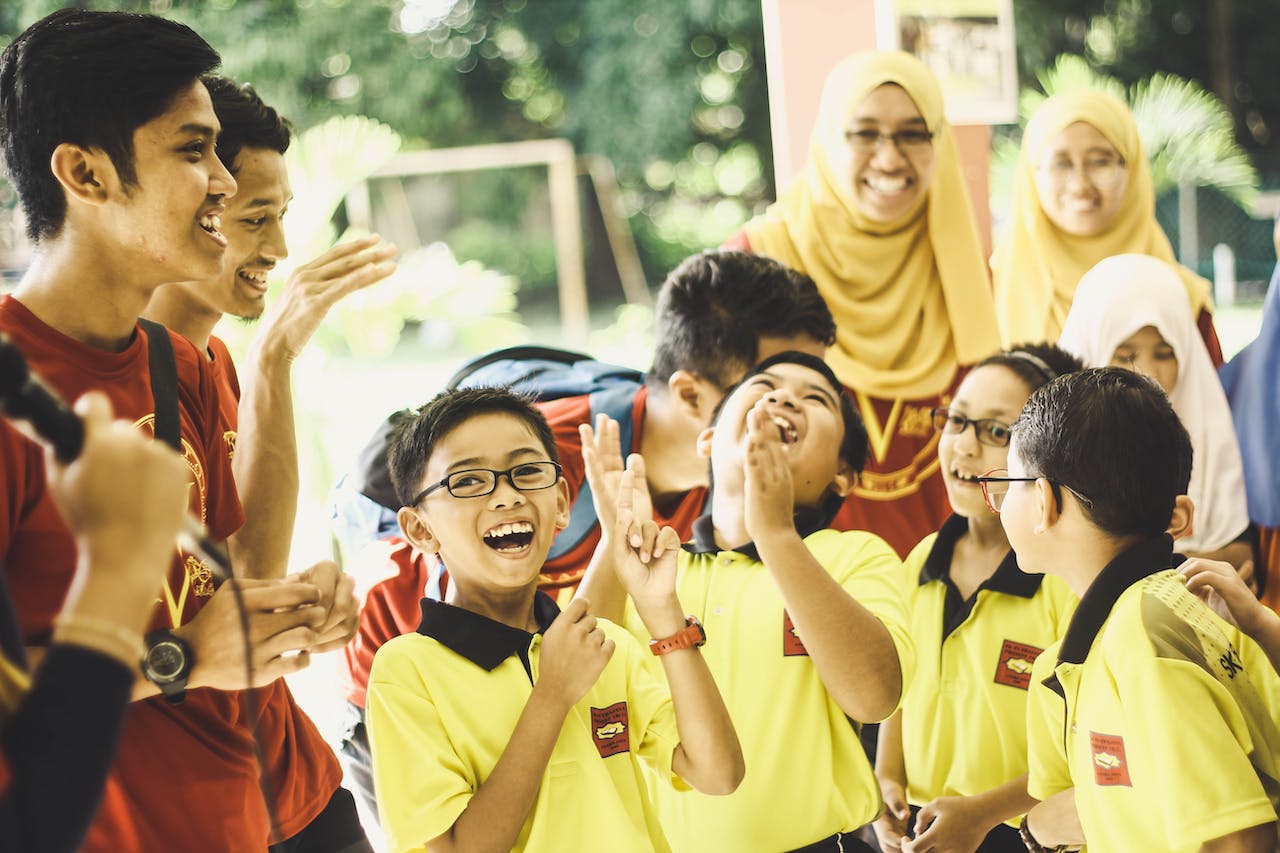
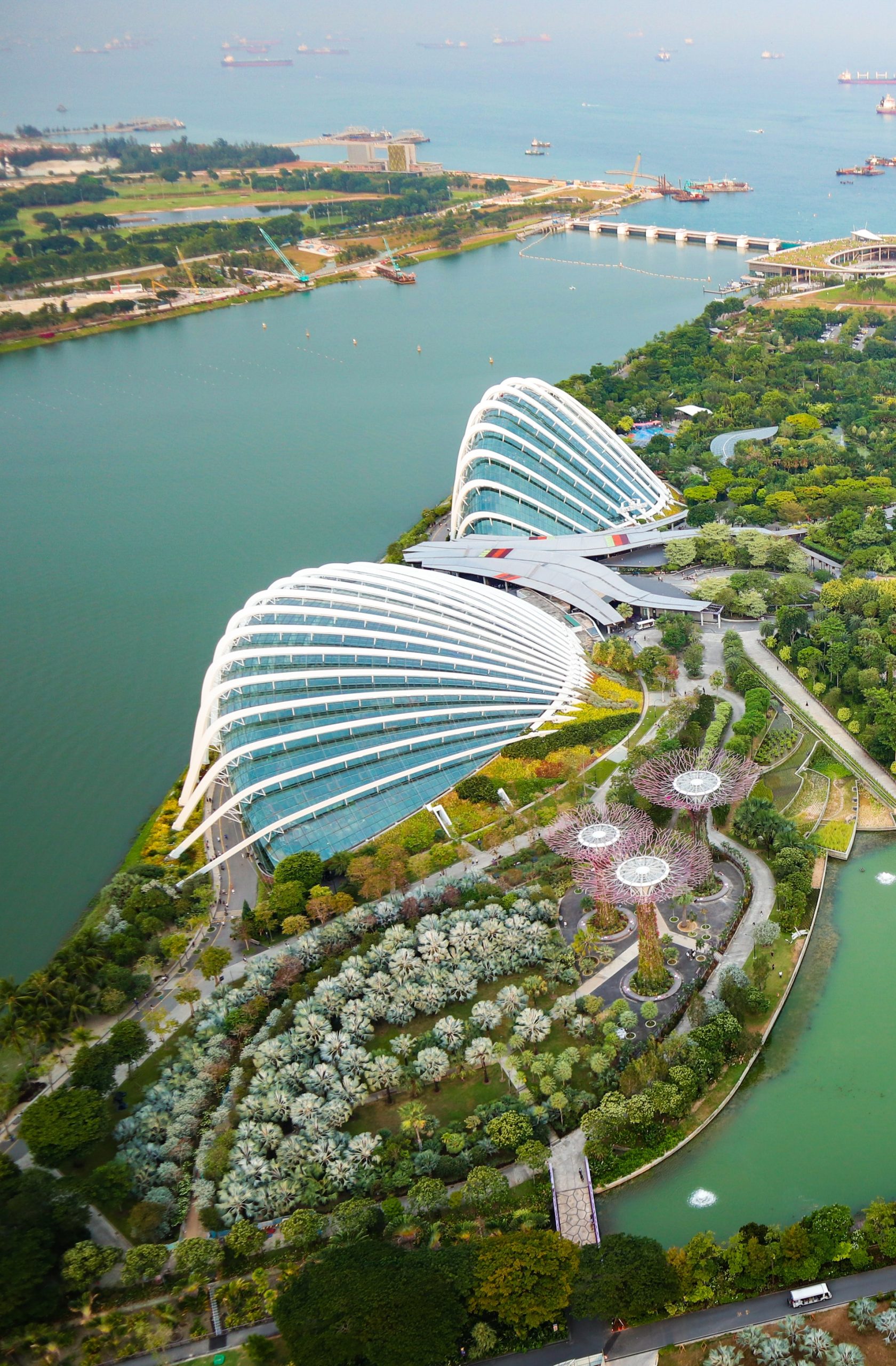
Economic explosion
When Singapore gained its independence from the British on 9 August 1965, the country was a third-world nation with a predominantly low-skilled, labour-driven workforce. Back then, the tiny island nation’s GDP was on par with countries like the Ivory Coast and Jamaica.
Fast forward just 50 years to the present day and Singapore is barely recognisable from its former self. With a high standard of living, stable political climate and one of the largest economies in the Asia-Pacific region, Singapore is now a bona fide first-world nation.
In fact, as of 2019, Singapore’s GDP is roughly seven times larger than that of the Ivory Coast and over twenty-three times larger than Jamaica’s. But how did this city-state of just 240 square miles and 5.6 million inhabitants break the mould?
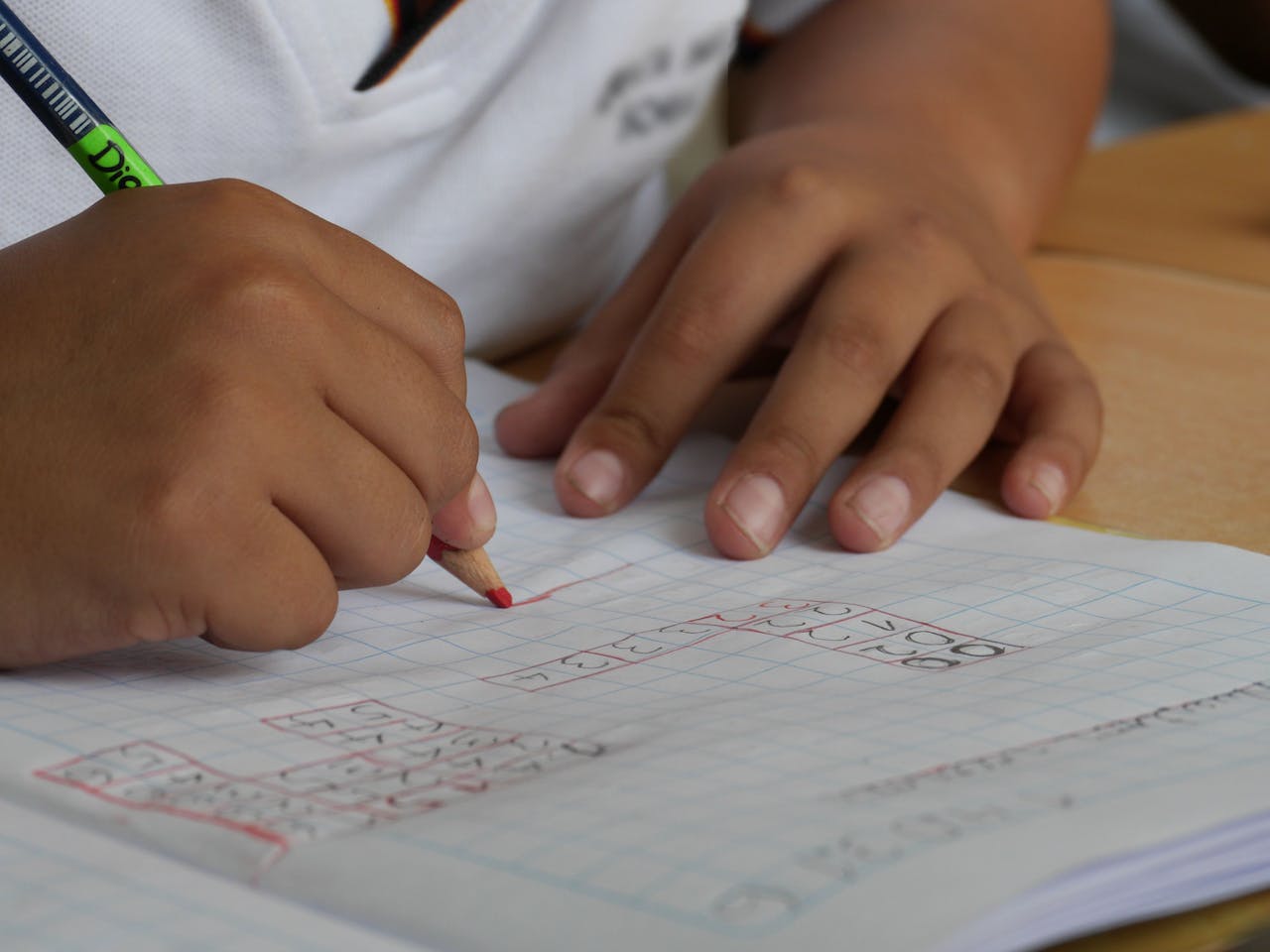
Education, education, education
Much of Singapore’s success can be attributed to a free-market economic model and the astute leadership of Lee Kuan Yew (the Prime Minister of Singapore from 1959 to 1990), whose government stamped out corruption, imposed the rule of law and promoted meritocratic ideals.
Perhaps the most far-reaching measure, however, was the government’s commitment to educating its citizens — not just ensuring universal literacy, but creating a population with the necessary expertise to assume highly-skilled roles in adulthood. Without such a heavy focus on education, Singapore’s remarkable transition from third world to first may not have been possible.
The education system in Singapore was founded on principles of equality of opportunity and meritocracy that echoed the country’s multiethnic and multiracial demography. This idea — that upward mobility is possible for anyone willing to hard work within the formal education system — continues to persist to this day, and Singapore currently ranks top of the global education charts in various fields.
That said, the Singaporean system is far from perfect, and serious concerns have been raised about the ethical impact of a results-orientated approach. Before we dive into the pros and cons of schooling in Singapore, it’s worth outlining how the country’s unique education system works.
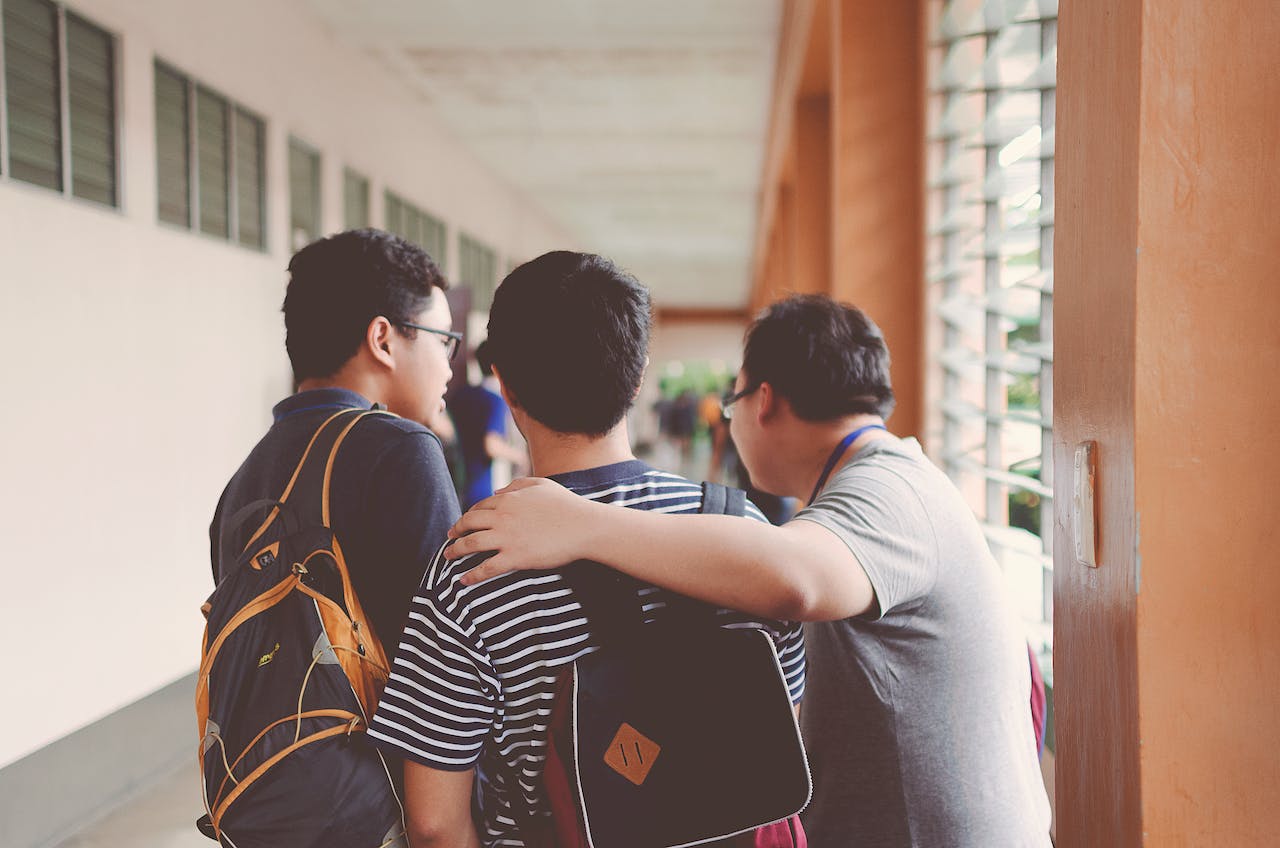
Unpicking the Singaporean education model
Schooling is compulsory for all children up until the age of 17, including six years of primary education and four years of secondary education.
Most students in Singapore enrol in government or government-aided schools. Though education is free for Singaporean citizens, all families must pay small “miscellaneous” fees. Foreign students who enrol in one of Singapore’s two dozen or so International Schools are required to pay a much higher fee.
Education at primary, secondary and tertiary levels is mostly supported by the state, and all institutions, private or public, must be registered with the Ministry of Education (MOE). English is the language of instruction in all public schools, and all subjects are taught in the English language. The only exception is the “mother tongue” language paper, which tests students on their second language.
This level of centralisation also encompasses the national curriculum, which is highly scripted and focuses on teaching students specific problem-solving skills and subjects. As such, exams are extremely important and classes are closely orientated towards them.
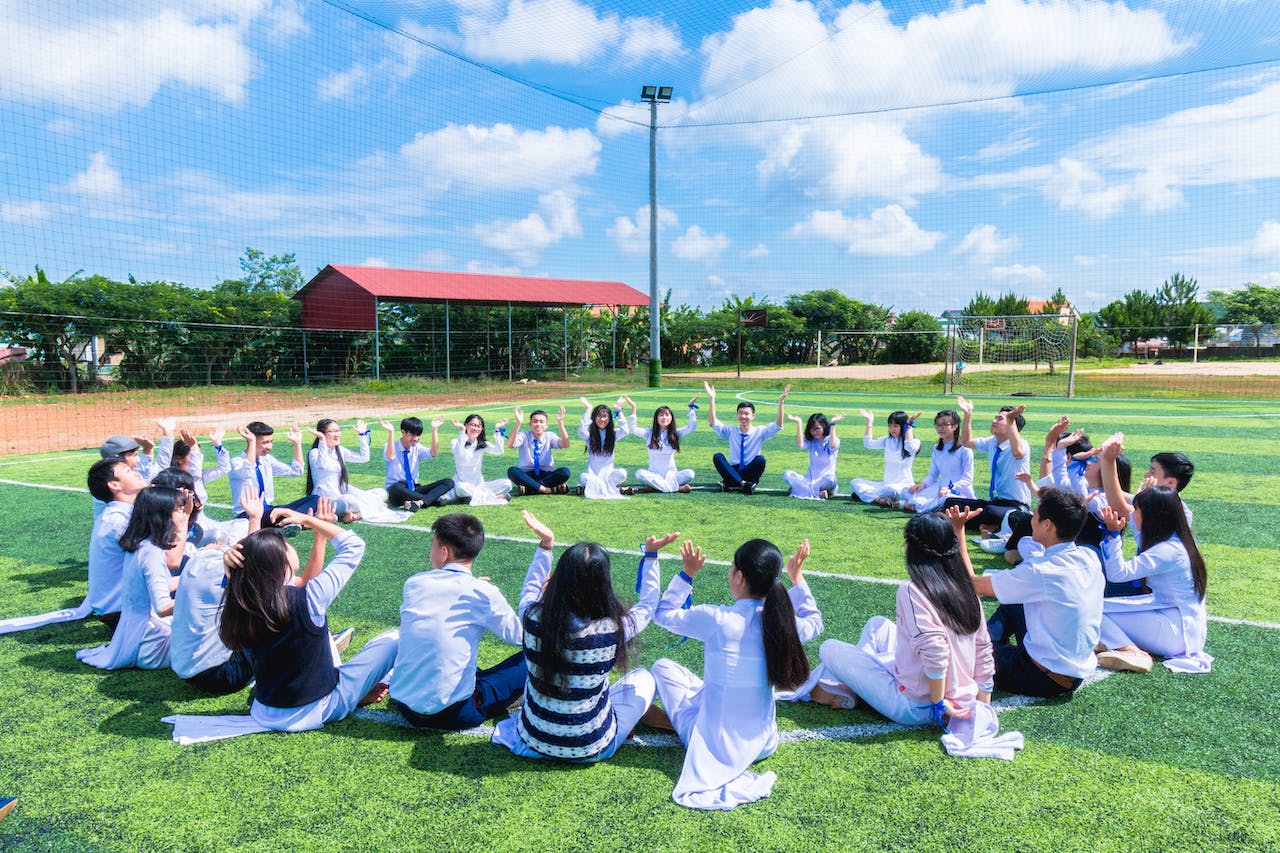
The student journey
Once a student starts primary school, the trajectory of their education is dictated by a process called “streaming”. Streaming involves sorting students into different academic programmes based on their performance in standardised exams.
The first of these exams is the PSLE, which is taken by all students at the end of their primary schooling. Students are then funnelled into either Express stream, the Normal (Academic) stream, or the Normal (Technical) stream in secondary school. The Express stream is the most academically rigorous path while the Normal (Technical) stream is the most vocational.
The GCE O-level examination, taken at the end of secondary school, is the next big challenge for Singaporean students. The top 10% of the PSLE cohort are able to skip this exam via the Integrated Programme.
Once students get to the non-mandatory post-secondary stage of education, the pathways branch out even more — including junior colleges (the fastest route into university), polytechnics (offering diploma courses), and the Institute of Technical Education (ITE).
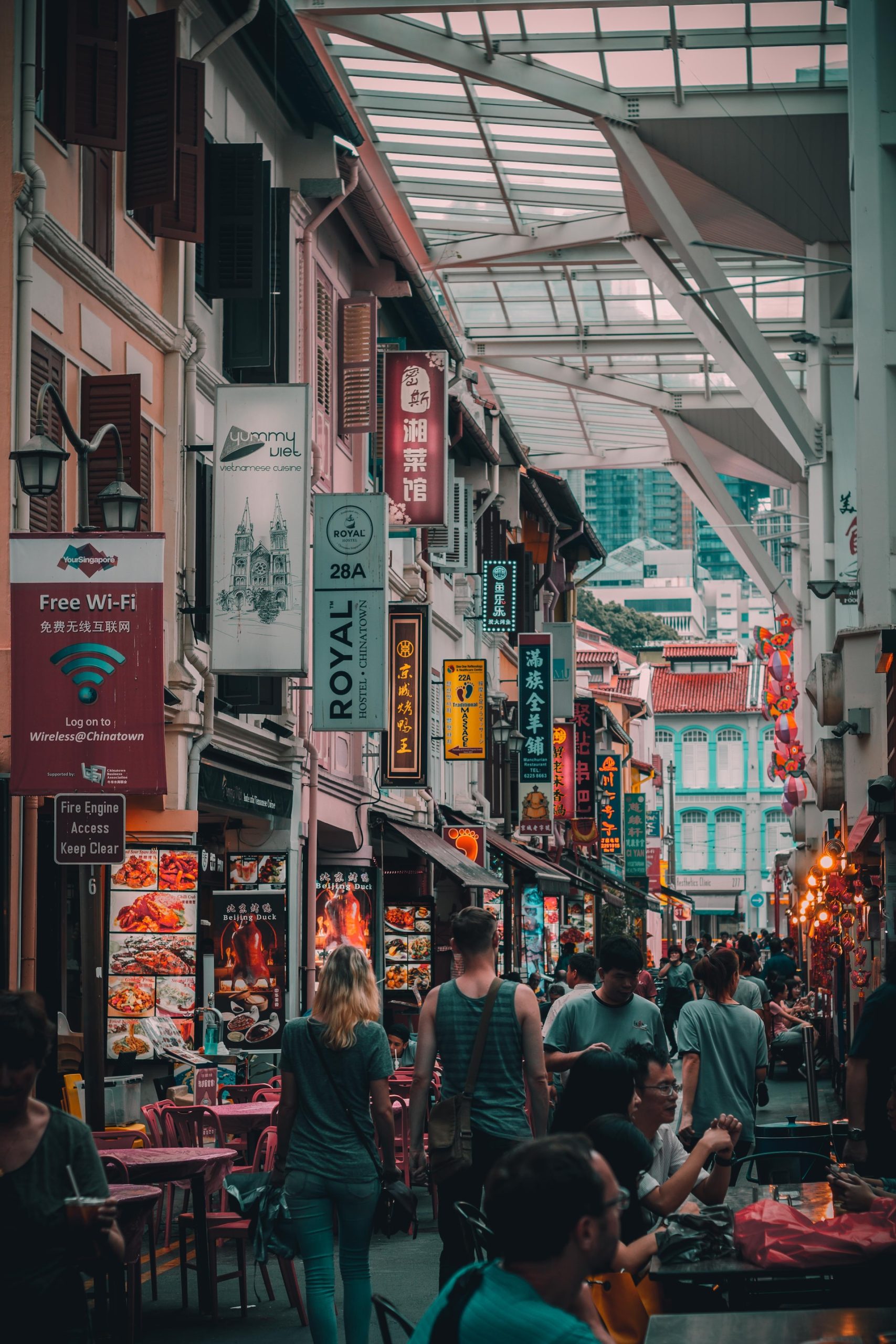
The pros of education in Singapore
In 2015, the OECD (Organisation for Economic Cooperation and Development) stated that Singapore had the best education system in the world, both for primary and secondary students — ahead of revered education systems like Finland, Hong Kong and Japan. With such esteemed company at the top of the test charts, it’s hard to argue that education in Singapore has been anything other than a monumental success.
And in 2016, the influential PISA (Programme for International Student Assessment) test rankings found that Singapore’s students also topped the global rankings for science, maths, reading, and problem-solving. (For comparison, the UK averaged a rank of 21 across these four fields). In maths, the average Singaporean 15-year-old student is 20 months ahead of students in Western countries.
Alongside the highly scripted curriculum, the standard of teaching is high because most of the teachers received a good level of education and training themselves. And with a low ratio of students to teachers, Singapore is also immune to the chronic undersupply of teachers seen in Western countries. A low student-teacher ratio allows teachers to give individual students more attention and accommodate different learning styles within the classroom.

Singapore’s multicultural makeup and meritocratic society undoubtedly play into the success of the educational system. Though English is the common language of Singapore, all schools are bilingual to preserve students’ “mother tongue” and ethnic identity. (The three other languages with an official status reflect the three main ethnic groups of the country: Mandarin, Malay, and Tamil).
Bilingual education is hugely beneficial for students who partake in it. Not only does it open up cultural opportunities and create a linguistically diverse classroom, but it also encourages diversity of thought and gives students extra employability as they enter the workforce.
Finally, Asian culture also plays a major role in academic excellence. Indeed, the Singaporean concept of kiasu – a Hokkien word meaning “afraid to lose” – may explain why 70% of parents enrol their children in extracurricular classes. However, such a strong cultural emphasis on education can also have its downsides.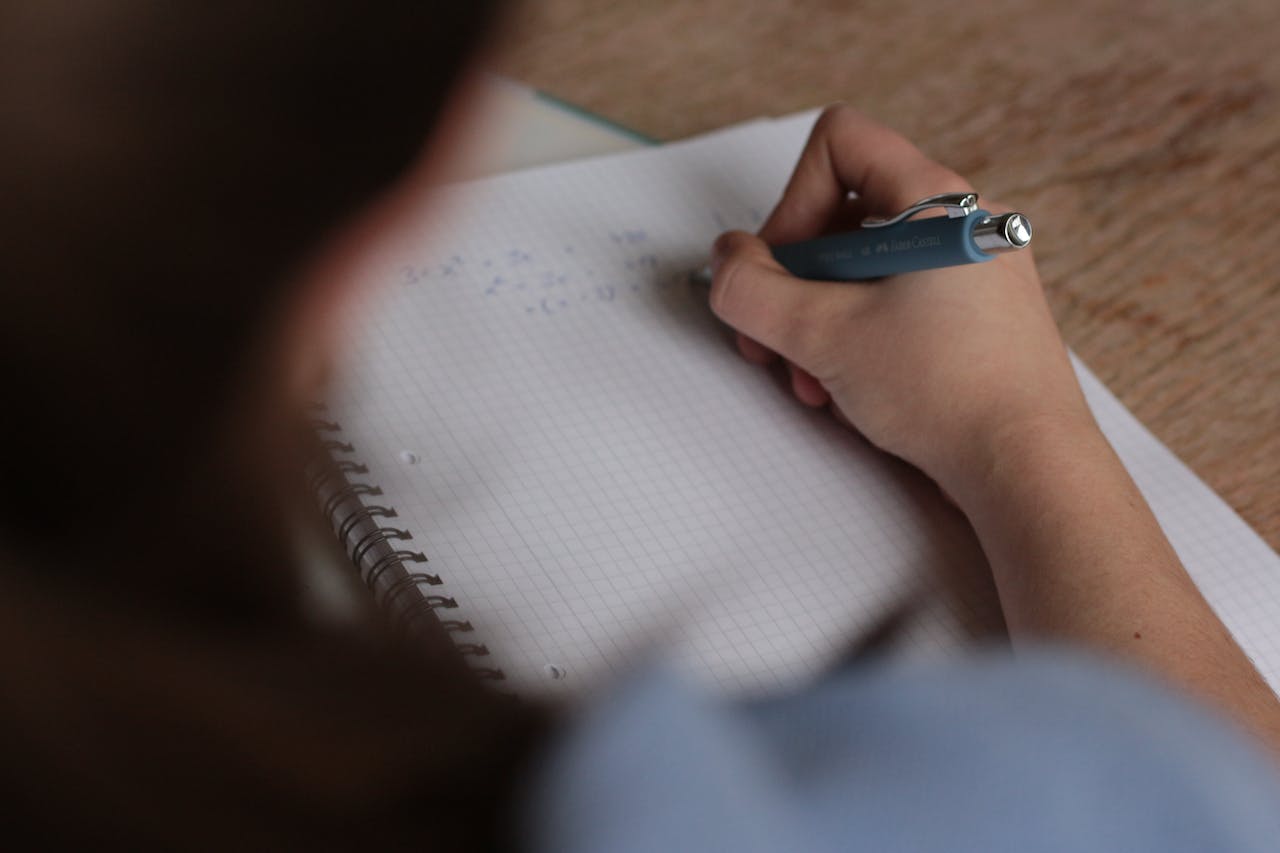
…and the cons
Despite leading the way in international test scores and garnering a whole host of admirers, the country’s education model has attracted legitimate criticism from those who argue that academic excellence should not come at the expense of student welfare.
Detractors argue that the routine memorisation associated with standardised tests creates rote learners rather than critical thinkers. To take an example, Singaporean students who attend university abroad often struggle with a more open-ended approach to teaching.
An overbearing focus on exams increases the stress levels of students. Though students all over the world feel a palpable sense of dread as exam season approaches, in Singapore, some students feel so intensely under pressure that they define their sense of worth according to their academic performance. Such a situation is now without tragic consequences: in 2016, an 11-year-old Primary Five student took his own life after failing an exam.
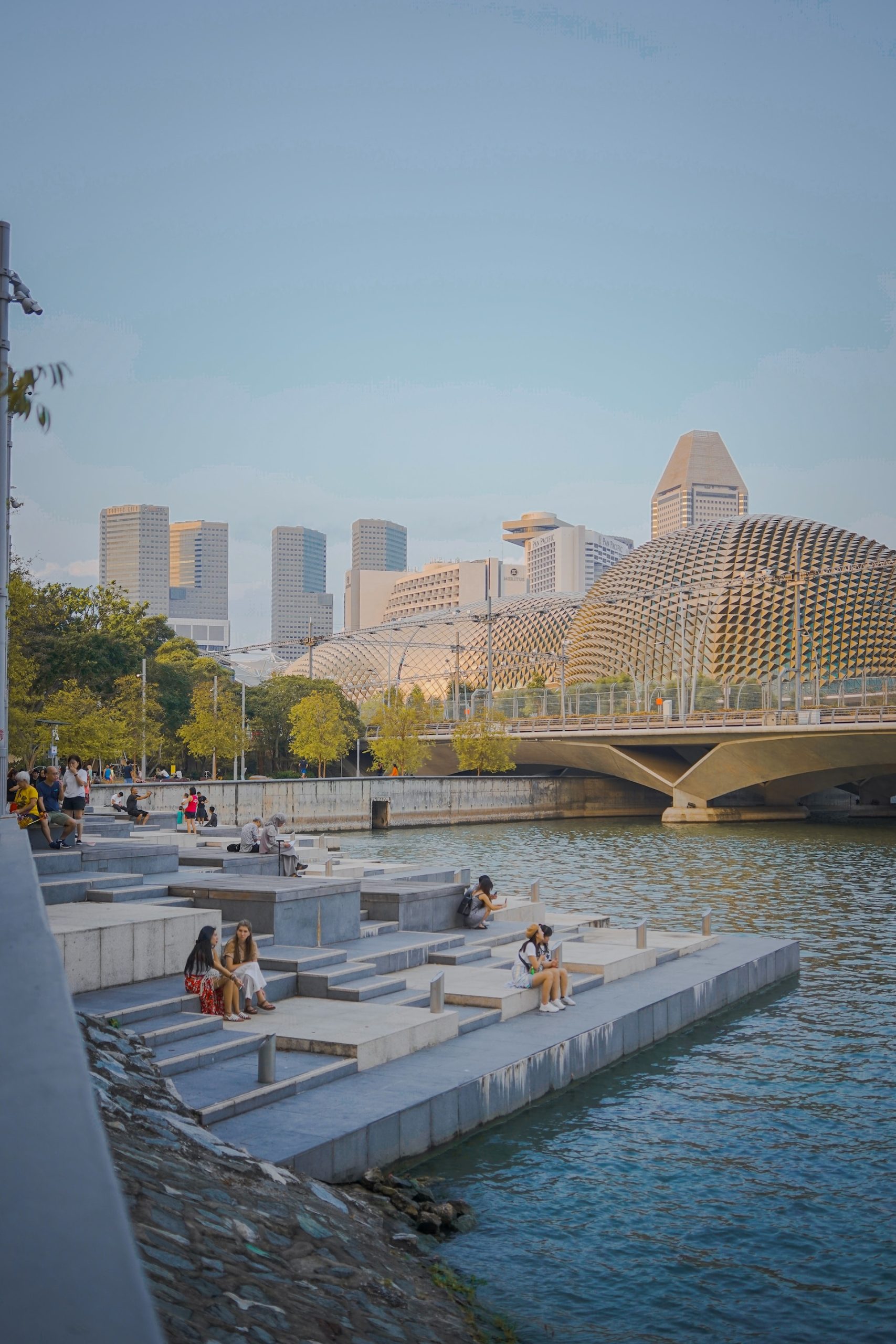
Aside from exacerbating stress (among students and teachers alike), the streaming process that underpins Singaporean schooling is also inherently divisive. Students in the Normal stream, for example, often have to contend with snide remarks from Express students who deride them for not being as intelligent. When intelligence is perceived as quantifiable, harmful social stratification can emerge — creating resentment on one side and arrogance on the other.
And with the world of work changing at a rapid clip due to accelerating technological progress, the skills needed to succeed in the future workforce are changing, too. Without sweeping reforms to the system, there’s a chance that the current curriculum could quickly become outdated.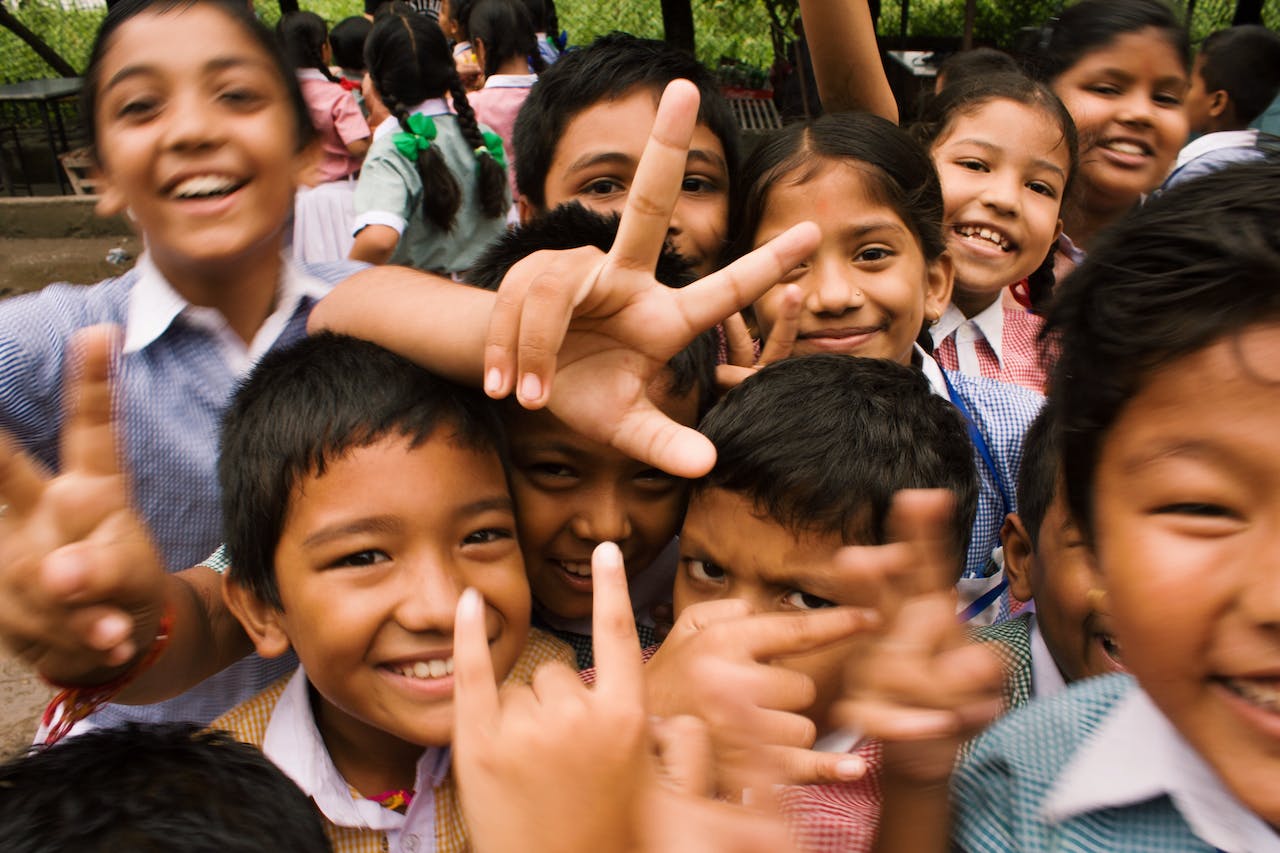
What does the 21st-century hold for Singaporean education?
As we enter an age marked by technological breakthroughs in robotics, artificial intelligence (AI) and the Internet of Things, the world economy no longer rewards people for what they know. Instead, it rewards people for what they can do with what they know.
Soft skills such as adaptability, agility, and openness to change are essential for dealing with the increasingly automated jobs of the future. That’s why Singapore’s educational movers and shakers are making strides to prepare the city-state’s young citizens with the high-tech skills needed to be active participants in tomorrow’s economy.
Singapore’s Minister for Education, Ong Ye Kung, argues that the country’s strong emphasis on academic excellence may have deprived students of the innovation, entrepreneurship and survival instincts needed in the real world.
This clamour for flexible real-world skills is why MOE intends to bring the world of work closer to Singaporean schools. By 2023, all primary schools will have applied learning programmes – nurturing creativity and innovative spirit. According to the government, these hands-on programmes will play a key role in encouraging students to explore ideas, try out new skills (such as basic coding) and be creative.
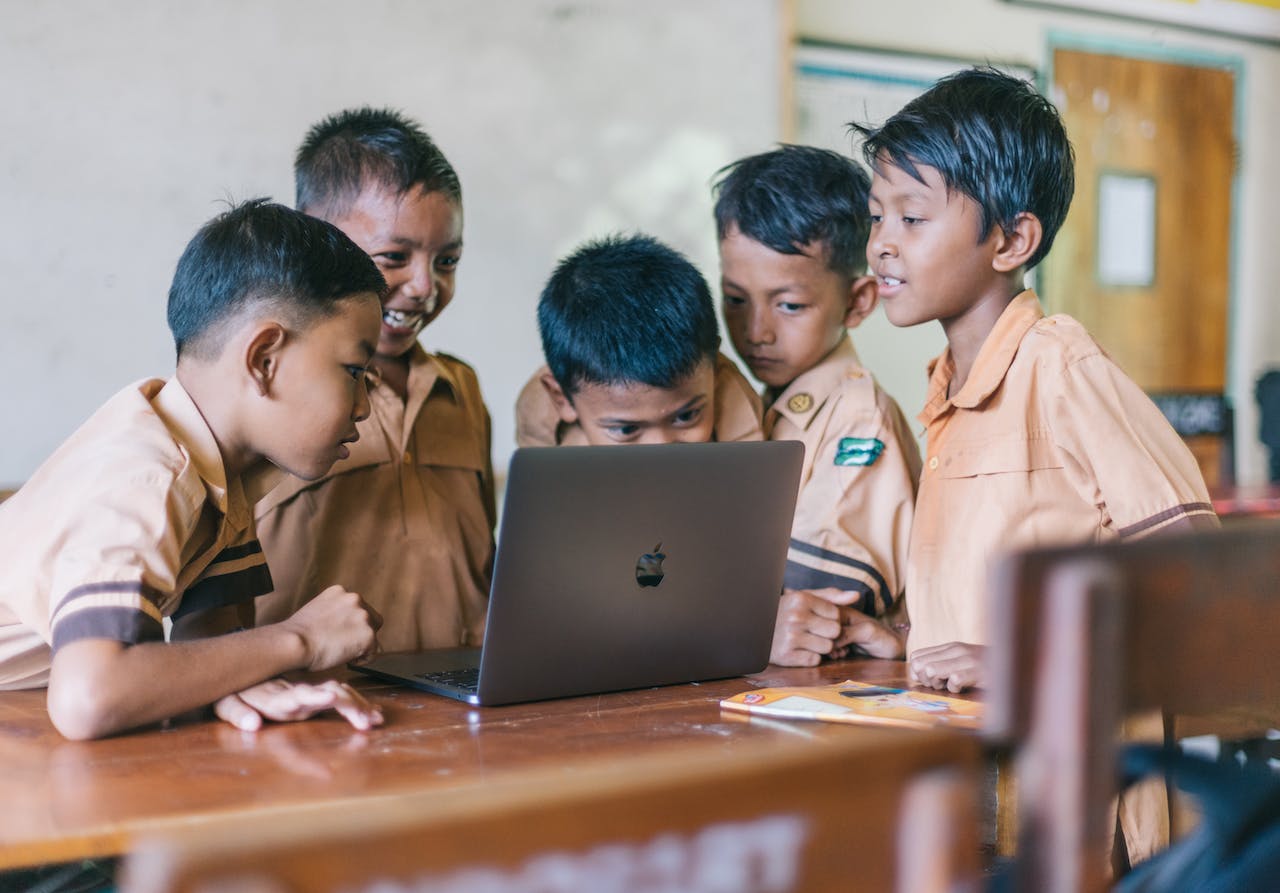
What’s more, as a response to concerns around streaming, the government intends to replace the current system with “subject-based banding” — where students get to take different subjects at different levels, according to their ability.
This new system will be implemented in 2024 and give students the agency to flourish in areas that actually interest them. It will also help reduce stress on parents who want their children to pass the PSLE with flying colours.
All in all, the signs are promising. By scrapping streaming, reducing the importance of exams, and incorporating strategies that allow teachers to focus on the quality of education and not the quantity, Singapore is taking the same sort of proactive approach to schooling that allowed it to top the global educational charts in the first place. Perhaps the UK can learn a thing or two.
For Singapore, the key to future prosperity is to hone an education system that is as values-driven and student-centric as it is numbers-based. Without engaging the human needs of both the students and teachers, high test scores count for nothing. - Schools
